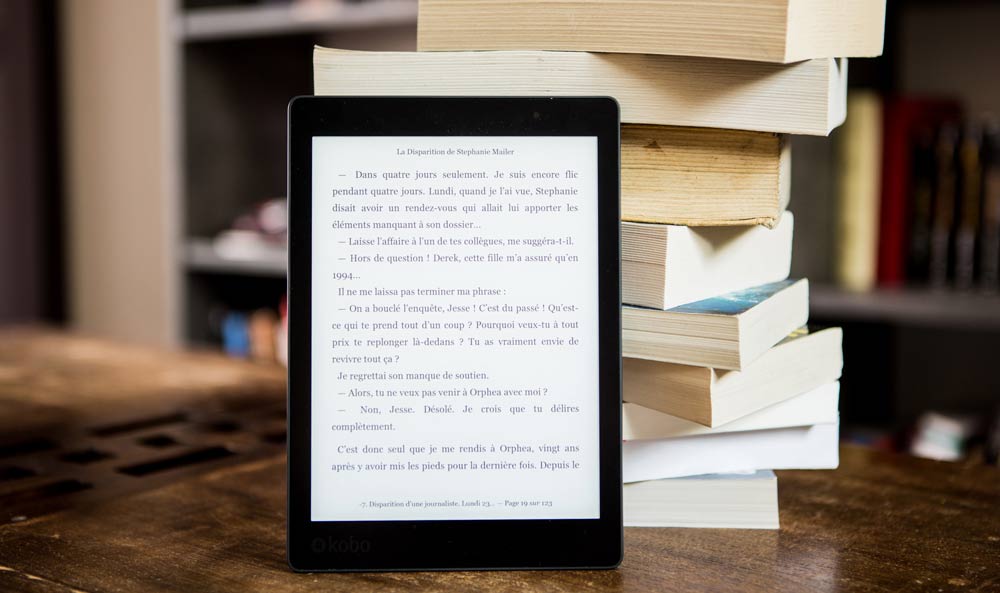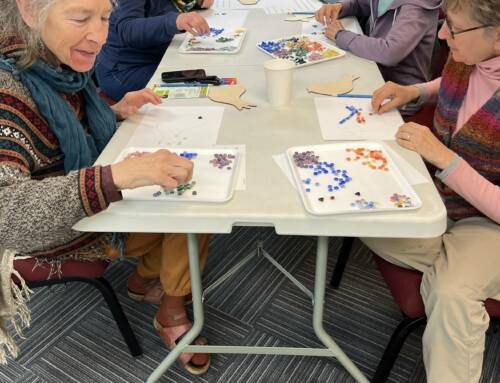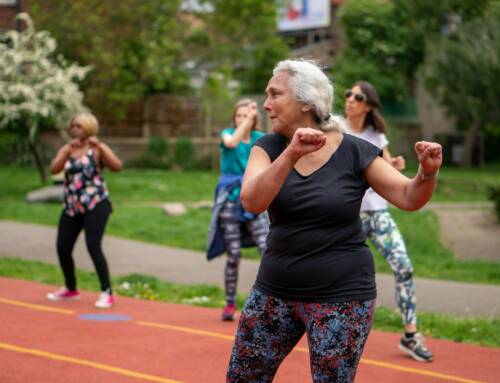This work has been adapted for Idaho’s public libraries with gracious permission from:
- Margot Note
- Website: https://www.margotnote.com/
- Twitter: https://twitter.com/margotnote
- LinkedIn: https://www.linkedin.com/in/margotnote/
- Newsletter: https://www.margotnote.com/newsletter
- Chris Cummings
- Website: https://passitdown.com/
- Twitter: https://twitter.com/passitdown
- LinkedIn: https://www.linkedin.com/in/christoph…
- Newsletter: https://passitdown.typeform.com/to/A5…
- Rachael Cristine Woody
- Website: https://rachaelcristine.com/
- Twitter: https://twitter.com/rachaelcristine
- LinkedIn: https://www.linkedin.com/in/rachaelcr…
- Newsletter: https://rachaelcristine.mykajabi.com/…
Their original presentation, Deriving Value from Collections in the Time of Corona (COVID-19), which focuses on archival collections, is available on YouTube. Thank you again, Margot, Chris, and Rachael!
People Are Looking to Be Engaged During the Coronavirus Pandemic
- Libraries are experiencing spikes in digital engagement, which will
- Enhance relationships with patrons and community
- Build new relationships
- Context is everything. In many Idaho communities, librarians are the keepers of knowledge and stories.
- Consistency is key. This is an opportunity to focus on your library’s mission and story.
It’s an Ideal Time to Enable and Present Your Library’s Treasures
Make your collections interactive and fun! The COVID-19 pandemic is a traumatic and historical event. People are looking for an escape.
- Create or Link to Games and Takeaways
- Local, state, national trivia
- Jigsaw Puzzles
- Zoom backgrounds from the library’s historical collections (pre-sized)
- The library can still observe local events and holidays online. The coronavirus need not lessen their importance.
- If people cannot explore the library physically, think of ways you can increase access digitally.
Contextualize, Present, and Enable
Create a new digital exhibit and focus on storytelling. One of the most powerful ways to build relationships and engage your audience is storytelling. Focus on
- Context and Relevance
- Positivity, hope, fun
- Authenticity and humanity
- Diversity
- User-generated content
- COVID-19 Stories
- The Human Experience
- Photos, videos, letters, and stories
What’s Been on the Back Burner That You Can Do Now?
- Upload specialized collections, such as local history collections
- Inventories of those collections
- Bibliographies
- These may already be in your library’s OPAC, so check first before starting a new project.
- Your board’s meeting minutes. These are full of historical information and offer snapshots of the library and community in days gone by. These minutes are public information, so digitizing and uploading them to the library’s website will save the time of community members and library staff as well as providing an additional place to store this information.
- Your board’s bylaws are also public information. Tracking changes to the board’s bylaws over time provides additional insights into the library’s history and the origins of various practices and policies. Bylaws are also a great training tool for new trustees and directors.
- Focus on accessibility standards
- Online training and education
- LiLI Databases
- Amigos Library Services
- CE for COVID-19 LibGuide
- Coursera
- EdX
- Infopeople
- Library Juice Academy
- WebJunction
- CE for COVID-19 LibGuide
- If you or a staff member at your library would like to take courses from Amigos Library Services, Infopeople, or Library Juice Academy, the Idaho Commission for Libraries has funds available to cover the cost of tuition. Just complete the course access form and submit: https://libraries.idaho.gov//continuing-education/partner-training-opportunities/. Expand the Courses and Webinars tab. Library Juice in particular offers great online courses, usually four weeks in duration. For more information, contact Annie Gaines at Annie.Gaines@libraries.idaho.gov or at 208-334-2150.
- Reach out to others
- Professional organizations, including
- Online coffee chats – Bring your own beverage of choice
- Story times
- Book discussions
- Let’s Talk About It (LTAI) programs can be delivered via Zoom or other online platform. For more information, contact Dian Scott at Dian.Scott@libraries.idaho.gov or at 208-639-4135.
- Utilizing the talents in your community to create and lead online programs
- You can use Zoom free of charge
- All Zoom accounts can host unlimited meetings. However, meetings hosted by a basic (free) account are limited to only 40 minutes when three or more participants are in the meeting.
- If you have a basic account and want to host a meeting with three or more participants that will last more than 40 minutes, your options are to start a new meeting after 40 minutes, limit your meetings to 40 minutes, or purchase a license from Zoom.
How to Capture and Communicate the Value of Your Work? Digital Engagement!
- Visitor numbers – both repeated and unique
- Clicks and duration
- Increase in visitor or viewing numbers or duration
- Comments, discussions, questions, insights
- Attention from outside audiences
- Followers, likes, and shares.
What to Capture for Your Board and Community
- Statistics – For every online venue, track engagements:
- Website
- Online Public Access Catalog (OPAC)
- Collection Management System (CMS), if your library has one
- Social channels
- For more information on your annual statistics, contact Idaho’s State Data Coordinator, Patrick Bodily, at Patrick.Bodily@libraries.idaho.gov or at 1-800-548-6212.
- Stories – Gather stories, anecdotes, notes of gratitude, insights, and other positive-attention-grabbing information. For example, did your library’s heightened efforts to increase online public engagement help combat the COVID Slide? The Summer Slide? Idaho libraries, schools, and non-profits can order the parent brochure showing summer learning loss at no charge.
- Analysis – It’s time for some critical thinking: What’s working? What’s getting attention? What are areas of interest in terms of clicks, comments, and sharing? If possible, compare this information to pre-COVID-19 information.
How to Communicate
- Transform engagement information into value statements that affirm the value of the collections and your work.
- Package these statements (along with the evidence you captured) into value narratives: reports, e-mails, infographics, presentations, blog posts, and articles.
- Present and communicate the value of your collections and your work, as demonstrated through the engagement evidence you’ve gathered, to all available channels, repeatedly and regularly.
Why Adapt and Repurpose Locally Owned Content?
- Makes the library’s online presence known
- Confirms that libraries are more than physical space
- Demonstrates leadership and expertise of library staff and volunteers
- Saves time, both for patron and library staff
- Reinforces the library’s mission to meet the information, lifelong learning, and recreational needs of the community
- Grows engagement
- Reaches new audiences
- Increases return on investment (ROI) and lifespan of local materials
- Uses less emotional and intellectual bandwidth. Adapting and repurposing is more efficient and less stressful than creating brand new content during the pandemic.
What Non-Copyrighted Content to Adapt
- Evergreen: Content that is high-quality and timeless
- Popular: Items with a proven record of people-pleasing
- Easily Updatable: Can be edited to bring it up to date
How to Adapt Local Materials to Digital Content
- Update resources, posts, FAQs, library guides
- Rewrite internal docs for external use, such as reports containing confidential, incorrect, or superseded information
- Find where audiences meet online
- Create social media content
- Share posts on other platforms
- Create slide decks for SlideShare
- Create pins for Pinterest
- Reuse content for blog posts, webinars, podcasts, videos, infographics
- Consolidate and break apart as needed. It’s all about adapting to current needs.
- Create new eBooks with information from your library’s local history collections, using tools such as Scrivener (proprietary shareware) or Calibre (open source).
- Create crowdsourcing projects. For example, asking the community to identify people and events in unlabeled historic photographs in your library’s collections.
The Value of Digital Collections: What Are You Focused On?
- Preserving
- Contextualizing
- Presenting
- Enabling Use
Distribution and Streaming
Digital content may include eBooks, audio books, comics and graphic novels, movies, music, and television programs.
Electronic books, aka e-books or eBooks, are books that are made available in digital form, including text, images, or both, and readable on the display of a computer, tablet, phone, or other electronic device. An eBook can be born digitally, meaning there is no print equivalent.
eBooks are usually copyrighted and purchased, either from a publisher or from a distributor, such as Axis 360, Hoopla, Kanopy, OverDrive. Some content, however, is out of copyright, meaning the copyright has expired and the work has entered the public domain. Works in the public domain are available free of charge from digital archives, including some of the items at the Library of Congress; digital libraries, such as Project Gutenberg; or for little or no cost from commercial distributors, such as Amazon.com.
Wikipedia maintains a list of sources of public domain eBook content: https://en.wikipedia.org/wiki/List_of_digital_library_projects.
If you are interested in special pricing on eBooks from OverDrive, available through the Idaho Digital Consortium, please contact Sherry Scheline at director@donnellylibrary.org or at 208-630-3723.




